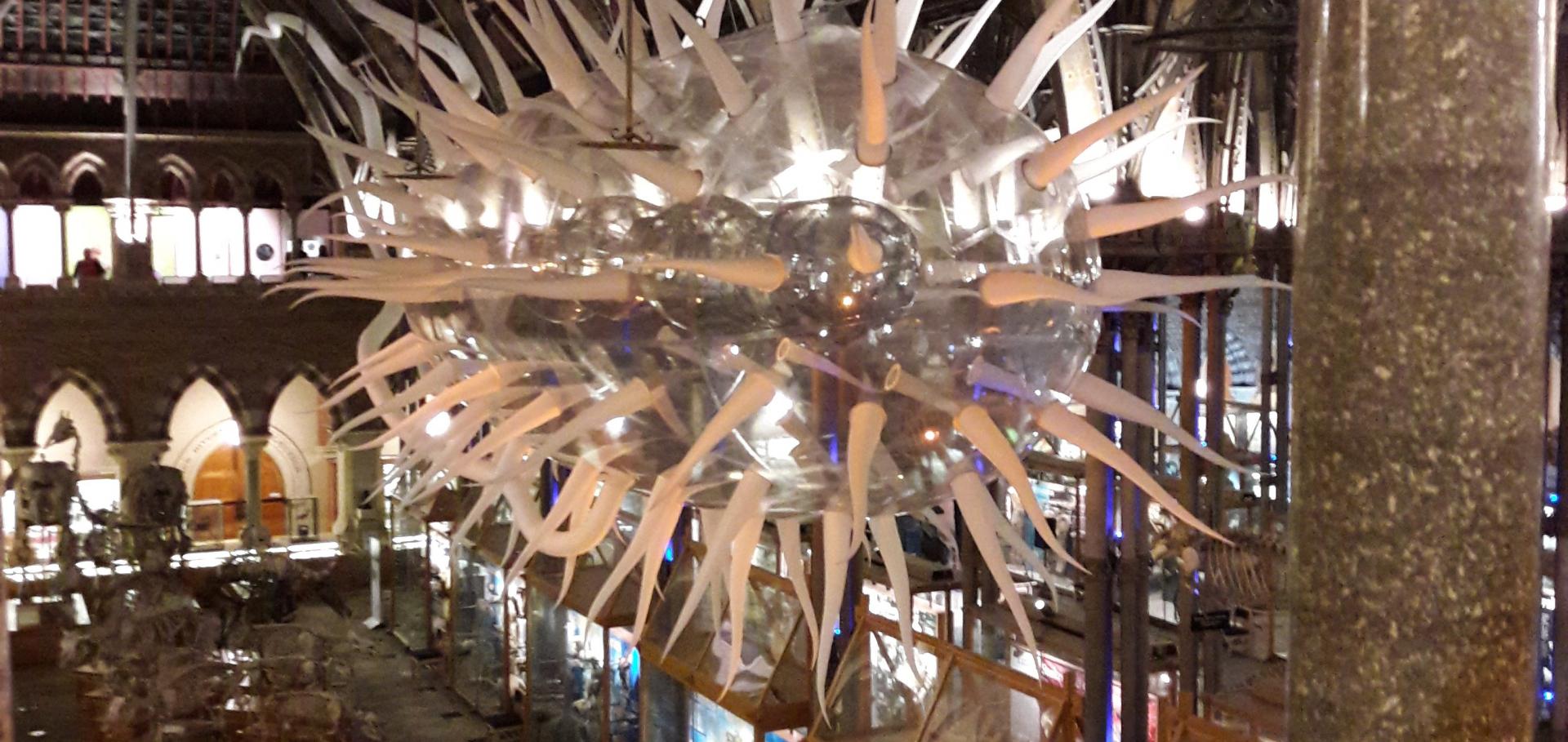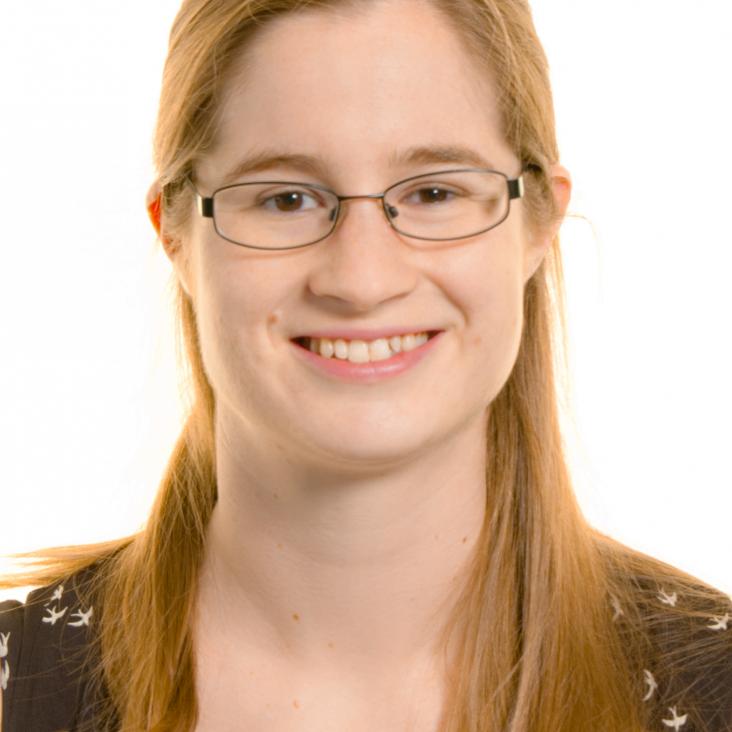An automated image analysis framework for segmentation and division plane detection of single live Staphylococcus aureus cells which can operate at millisecond sampling time scales using bespoke Slimfield microscopy
Physical Biology 13:5 (2016) 055002-055002
Developing a single-molecule fluorescence tool to quantify DNA damage
Biophysical Journal Elsevier 110:3 suppl. 1 (2016) p164a
Abstract:
Quantification of DNA damage is an important technique for medical physics, for example to assess damage caused by the quinolone antibiotics, or to examine the effects of novel cancer treatments such as low-temperature plasma therapy on healthy or tumorous cells. Existing damage quantification techniques such as the alkaline comet assay [1] are often subjective in their results, especially at higher damage levels. Methods using immunofluorescence [2] often lose information due to the three dimensional nature of the cell.Designing a Single-Molecule Biophysics Tool for Characterising DNA Damage for Techniques that Kill Infectious Pathogens Through DNA Damage Effects
Advances in Experimental Medicine and Biology Springer Nature 915 (2016) 115-127
Superresolution imaging of single DNA molecules using stochastic photoblinking of minor groove and intercalating dyes
Methods Elsevier 88 (2015) 81-88
Developing a New Biophysical Tool to Combine Magneto-Optical Tweezers with Super-Resolution Fluorescence Microscopy
Photonics MDPI 2:3 (2015) 758-772


